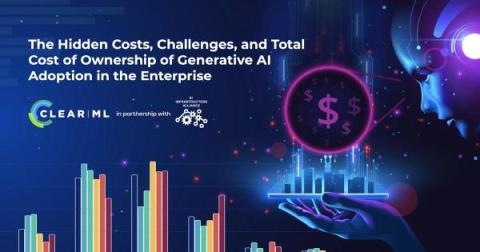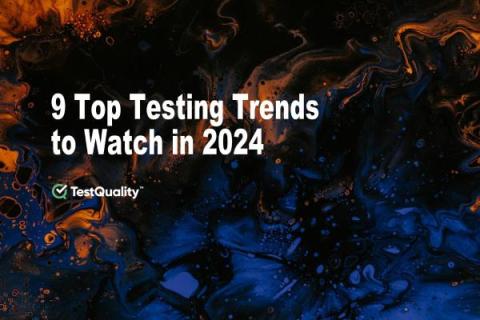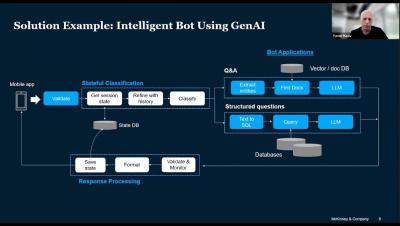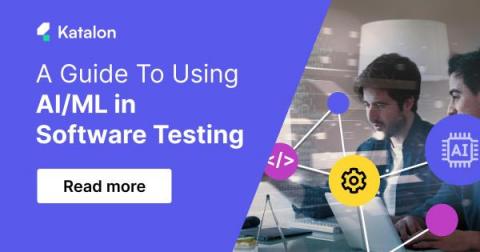New Industry Research Reveals a Profound Gap Between Hyper-inflated Expectations and Business Reality When it Comes to Gen AI
Read About The Hidden Costs, Challenges, and Total Cost of Ownership of Generative AI Adoption in the Enterprise as Well as C-level Key Considerations, Challenges and Strategies for Unleashing AI at Scale ClearML recently conducted two global survey reports with the AI Infrastructure Alliance (AIIA) on the business adoption of Generative AI. We surveyed 1,000 AI Leaders and C-level executives in charge of spearheading Generative AI initiatives within their organizations.










